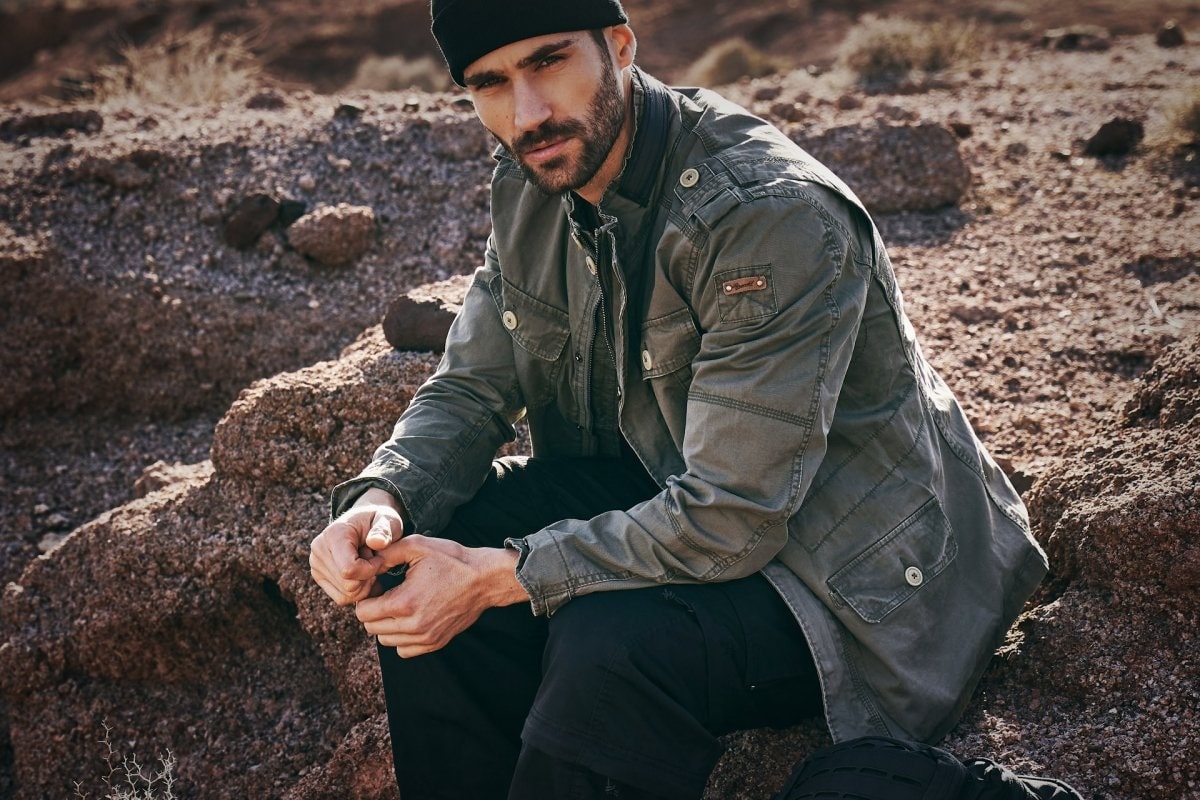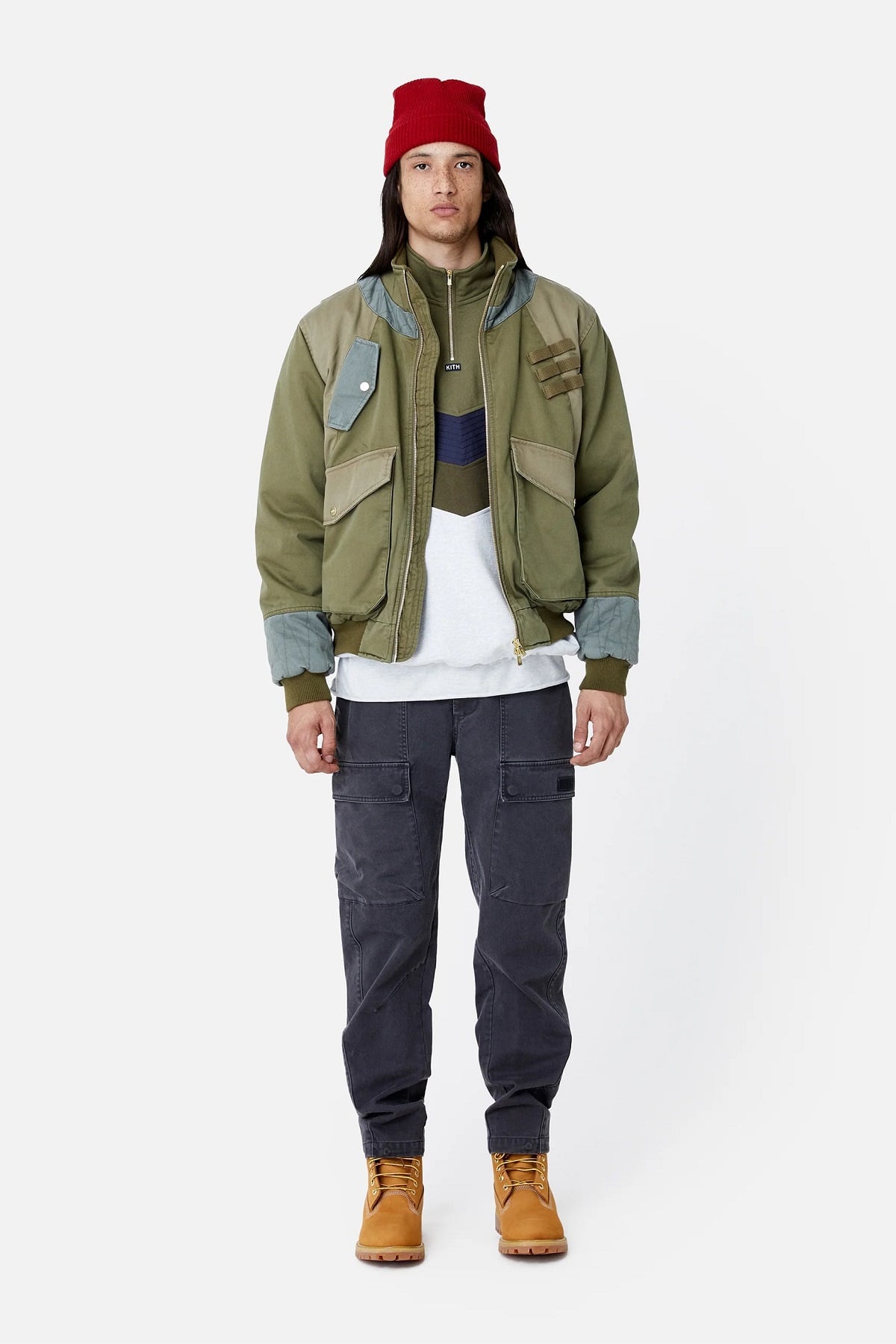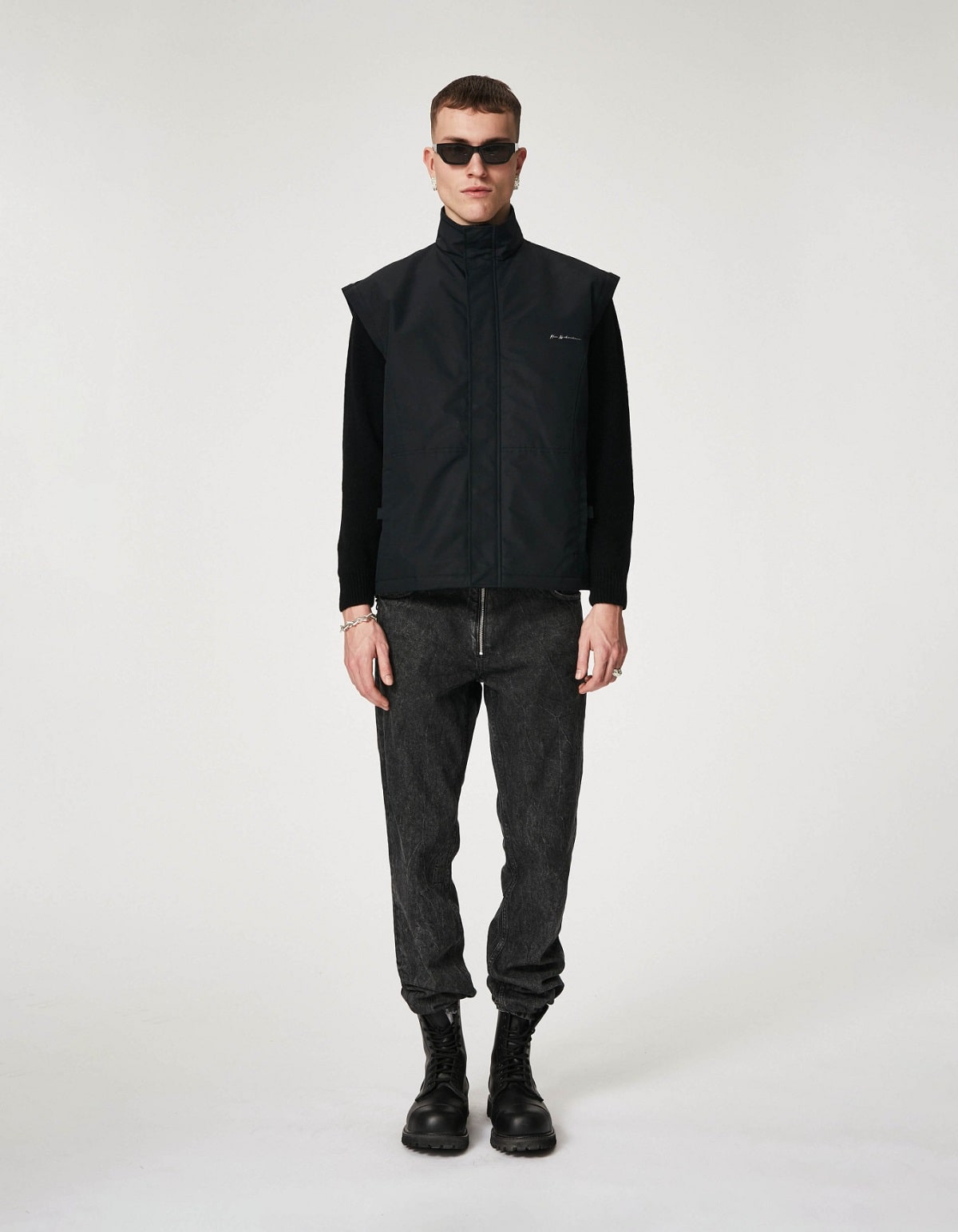1
HOME > Tips & Advice >
WHAT MAKES SOMETHING TACTICAL?
Written by Ivan Yaskey in Tips & Advice on the 19th May 2023

Tactical shirts. Tactical boots. Tactical packs. In outdoors and outdoors-adjacent spheres, “tactical” as a descriptor has surged in popularity in recent years – potentially in response to the warcore trend and, more potently, as a signifier of quality as we all seek out products that last. Yet, unless you read the fine print, “tactical” ends up being marketing-speak for military inspired and, in most cases, simply means that a piece of outdoor gear has more pockets or sturdier construction. Before you make the investment, fully understand what tactical gear signifies:
What is Meant by “Tactical”?
The word has gotten intertwined with military and law enforcement gear to the point they seem synonymous. Yet, even boundaries cut across the field of military gear: The combat boots and trench coats from a century ago have lost their purpose, and are now too heavy, too cumbersome, and without the right pouches and features to accommodate body armor plates and ammunition. Tactical, then, describes purpose: The gear or apparel isn’t built for everyday use and, in application, suits the demands and environments of military, law enforcement, and first-responder use. As vague and as widely applicable as this sounds, construction serves a defined role, be it to keep the wearer cool in a desert landscape, blend in with a wooded environment, or provide adaptability through MOLLE webbing. Nothing extra is added, and the design – from material to features to color – is specific to an environment or task.

At the same time, “tactical” as a descriptor grew in response to the surplus military market, helping sell pocketed camouflage jackets, olive-green trousers, and combat boots to civilians wary of purchasing something worn by or angled toward soldiers and Navy members. Yet, as illustrated by the military-to-civilian evolution of certain garments, something labeled “tactical” began to signify quality. In turn, outdoor brands with U.S. military and law enforcement contracts started classifying these more specific products as “tactical.” Eventually, said items became available through a brand’s online storefront, versus in B2B kitting-and-assembly contexts or through secondhand military surplus stores. As a third factor, the breadth and variety behind what constitutes tactical gear has evolved. While once a moniker for military surplus, it now encompasses law enforcement and first-responder apparel and supplies, as well as an outdoor gear brand’s heavier-duty, more intensive offerings designed for advanced climbing, backpacking, and hunting. So, to summarize all this, what makes a product tactical? Generally, the term constitutes more technically driven apparel, footwear, packs, and accessories that originated from or are inspired by more current military gear or that are used by modern-day military, first-responder, or law enforcement personnel. You won’t find “tactical” attached to a general use, hobbyist, or beginner-level product.
Tactical Performance and Use
Unlike, say, combat boots, tactical gear reflects modern-day advancements in features, design, and technology. While performance won’t be uniform, the general objective here is to economically store gear, body armor, and ammunition, keep the body cool or warm based on conditions, and enhance rather than restrict the wearer’s movements. Should you decide to go in a military surplus direction, you’ll likely come across MultiCam and digital camouflage patterns, versus the more familiar U.S. Woodland pattern or hunter-specific Realtree and Mossy Oak combinations.

Based upon purpose and role, common features include:
- Pockets deep and secure enough to hold or conceal a firearm, ammunition, or other gear like sights and compasses.
- Ripstop material crafted to have greater abrasion and wear resistance compared to traditional nylon.
- Ergonomic construction, with garments that move with the wearer or padding in key areas to limit fatigue and strain.
- Modularity letting you add or change the configuration of pockets, features, and order – from adding pouches to a pack via MOLLE webbing or arranging layers for the conditions ahead.
- Construction, through venting or treatments, that keeps the wearer cool or adds insulation in key areas; developments over the past 15 years have leaned more toward insulation through layering rather than bulk or weight.
- Interior features designed to support body armor.
- Reinforced features to increase a garment’s, boot’s, or pack’s lifespan: Commonly, thermoplastic rubber supports already-tough Cordura nylon or leather.
- A more natural fit that’s neither too tight nor too loose or something that will get caught on vegetation. Instead, through strategically placed gussets, the wearer gets a full range of motion.
Why Demand Has Surged for Tactical Gear and Clothing
According to a report from Technavio, sales for tactical clothing are projected to exceed $4 billion by 2026: This spike is fueled by military and defense contracts, as well as growing civilian use. In regards to the latter factor, emerging consumer bases see value in the strength and features of tactical gear compared to standard outdoor products:
- EDC: You’ve likely seen EDC tips somewhere on your social feed promoting ultra-thin metal wallets and proper use of a cross-body bag. In any case, tactical gear thrives in the everyday carry market and secondarily among survivalists for the combination of strategically placed pockets, stealth appearance, durability, and purpose-built design offered.
- Sporting: While menswear and streetwear had a brief dalliance with fishing gear, those immersed in this activity, as well as other outdoor pursuits like hunting, fishing, and rock climbing, tend to find a balance among tactical gear’s purposeful features and sturdier construction that lasts longer than modern-day every-ounce-counts outdoor products.
- Gorpcore: Consider last year’s obsession with Arc’teryx a harbinger of why everything now seems to have a tactical descriptor in front of it. At the same time, Arc’teryx has had its hand in the tactical market for a while, which adds a degree of brand familiarity for consumers seeking higher-quality gear.

Yet, in response to these shifts, authenticity defines what’s truly tactical in design and function and what’s just military-inspired style:
- Tacticool: Genuine tactical gear enthusiasts level this as the fake stuff that looks like the real deal but doesn’t perform or function as expected. Think to the abundance of oversized cargo trousers last year or even the whole warcore aesthetic popularized around the same time.
- Mil-Spec: At least for tactical gear produced in the United States, clothing and other items intended for military or law enforcement usage are expected to meet certain standards in terms of materials, design, and performance established by the U.S. Department of Defense. Factors establish a consistent baseline for performance, use, and operation. Products will have MIL-STD or MIL-SPEC listed somewhere on the label or list of features.
Tactical Clothing and Gear in Everyday Use
You might readily say that a good deal of menswear has tactical origins. But, going back to the original point, that doesn’t mean garments like trench coats or chinos perform as military gear in the 21st century. Rather, in considering features and functions, we’re seeing greater civilian adoption of the following:
- Tactical boots: A contrast to the older, all-leather combat styles, today’s tactical boots are breathable, responsive, and oftentimes waterproof and built to tackle a broader range of terrain types. Color further reflects where you’ll wear them, from sandy-toned desert boots to greener shades for wooded areas.
- Tactical packs: While hiking packs seem to have grown larger and taller, tactical versions prioritize a more economical, ergonomic, and adaptable design that you can adjust for your journey. Inside, additional pouches upgrade organizational capabilities.
- Tactical shirts: Although still referred to as a combat shirt, these garments start with what we think of as hiking or travel construction, add more pockets and concealment options, and better resist wear, moisture, and odors.
- Tactical trousers: Although these have become synonymous with cargo styles, tactical trousers are strategic rather than aesthetic about pockets and factor in protection for the knees, better wear resistance, and your body’s natural movements by adding gussets to key areas. Ripstop fabric further helps to extend their lifespan.
- Tactical belts: If you see your belt not strictly for style but for carrying essentials around, a tactical belt in conjunction with multiple pockets performs this role precisely.
- Tactical gloves: These merge outdoor and work styles to enhance abrasion and weather resistance and increase cushioning and padding in key areas.
- Tactical watches: Military watches might look to the past with their olive green shade and woven nylon strap. Tactical watches go in a different direction by upping the features for improved outdoor performance.

Trending
2
3
4
5
6
7
8
9
10










